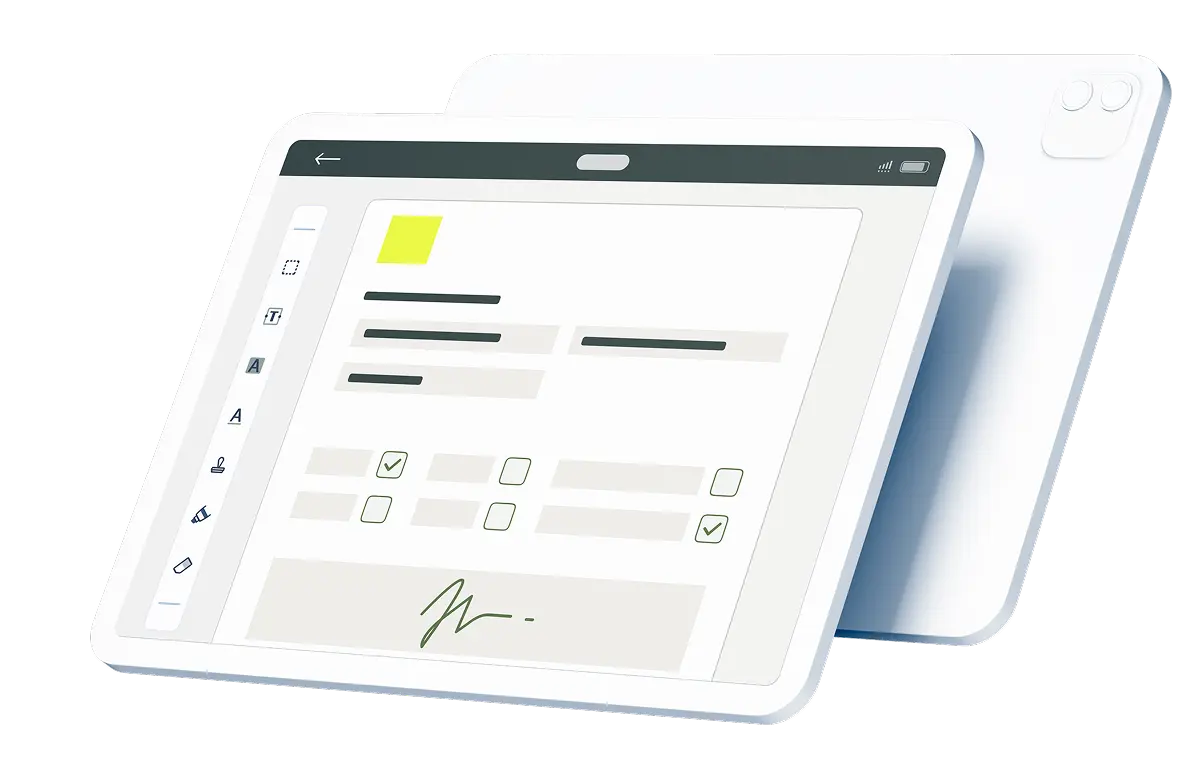The International Organization for Standardization and the Convention for Safe Containers maintain standards for shipping container inspections. Digital checklists remind certified inspectors to check ISO marks and CSC plates and conduct thorough inspections of container structures prior to loading and transporting cargo. Learn more about why custom checklists are useful for inspecting containers and find out which steps to include on container inspection checklists.
Contents:
- Why Use an ISO Container Inspection Checklist
- How To Do a 7-Point Shipping Container Inspection
- Key Information To Include in Container Inspection Checklists
- Advantages of Digitizing Shipping Container Checklists
- Advantages of Digitizing Shipping Container Checklists
- Use Checklists To Integrate Container Inspections Into Workflows
- Streamline Container Inspections With Checklists
Why Use an ISO Container Inspection Checklist
Checklists are the easiest way to account for ISO and CSC requirements and any additional requirements, such as the International Maritime Dangerous Goods Code. A seven-point technique encourages close inspection of markings and data plates as well as the exterior and interior condition of containers.
Paper checklists can be harder to keep track of during inspections and are prone to getting damaged or misplaced prior to filing. With Fluix, inspectors can fill out digital checklists on mobile devices and securely submit forms as proof of compliance.
How To Do a 7-Point Shipping Container Inspection
A standardized visual inspection method guides certified inspectors through assessments of the condition of shipping containers. An inspection starts with the identification of a container based on exterior ISO markings, the CSC Safety Approval Plate or a combined data plate. Inspectors can then assess the condition of seven key components:
- Container Undercarriage: Are the support beams visible? Is the understructure intact?
- Container Doors: Do doors have any loose bolts or plates? Is the locking mechanism functional?
- Right Side: Are the structural beams intact with no signs of unusual repairs? Are there any signs of hidden compartments or false walls?
- Front Wall: Are blocks and vents visible? Is there a hollow sound when tapping the wall with a tool?
- Left Side: Are there any signs of unusual repairs to structural beams? Are there any indications of false walls or hidden compartments?
- Container Floor: Is the floor flat with a consistent height inside the container? Does the floor show signs of unusual repairs or hidden compartments?
- Container Roof: Are there any indications of potential roof leaks? Are there any signs of unusual repairs that could indicate hidden compartments?
An inspection should proceed with container contents, including the lashings used to secure cargo. Inspectors should also examine bills of lading, invoices and packing lists to ensure that cargo is correctly declared. Legal requirements, such as regulatory mandates, remain relevant throughout the inspection process.
Key Information To Include in Container Inspection Checklists
Every checklist for container inspection should include fields for the name of a certified inspector, the date of an inspection and the inspector’s signature. In accordance with ISO Standard 6346, inspectors should also account for the owner code, category, serial number, check digit and weight of each container.
An inspector should include details about the condition of container structures covered by the seven-point inspection, particularly if any load-bearing components show signs of damage. Input in checklists can trigger repair or replacement through digitized workflows.
Advantages of Digitizing Shipping Container Checklists
Digital checklists can be easier to customize, distribute, submit and store than paper checklists. A container inspection template can serve as the basis for custom checklists. Fluix can streamline the process of uploading and distributing checklists to inspectors.
The ability to complete digital checklists online or offline is helpful for inspectors working in areas with inconsistent connectivity. Container inspection checklists can be completed offline and submitted when an internet connection is available. Fluix supports full data lifecycle management, including secure storage and access to container inspection records.
Advantages of Digitizing Shipping Container Checklists
A template for container inspections may account for standard information, such as ISO markings, CSC safety approval plates and seven-point inspection findings. Stakeholders can promote compliance with additional requirements by adding any of the following types of custom fields to container inspection checklists:
- Legal Requirements: Most container inspection templates account for ISO and CSC standards. Custom checklists for hazardous cargo can include IMDG code requirements.
- Load-Bearing Components: In addition to seven-point inspections, checklists can also cover specific structural components. A custom checklist can include corner posts, corner fittings, cross members, end rails and forklift pockets.
- Repair Log: A record of repairs to a container is useful. Custom checklists can account for splicing, patching or replacing components.
- Shipping Routes: Additional legal requirements may apply to certain shipping routes or methods. Custom checklists remind inspectors to account for unique requirements.
- Specific Cargo: Hazardous cargo or other special contents can require additional inspection. Inspecting lashing could reduce the risk of fires or damage during transit.
- Specialized Containers: Containers with specialized functions require additional inspection measures. For instance, inspectors should confirm specifications for refrigerated containers.
- Transit Methods: Customize inspections based on whether a container is bound for maritime, rail or truck transit. Cargo lashing requirements can vary based on the mode of transportation.
The level of detail of a checklist determines the duration of an inspection. Extensive container inspections take longer to complete but could ultimately reduce risk and save time and money.
Use Checklists To Integrate Container Inspections Into Workflows
The ability to push checklists to inspectors at critical points in workflows sets digital checklists apart from paper checklists. Notifications and reminders can encourage timely and thorough container inspections. Digital checklists that are easy for inspectors to complete anywhere at any time and submit when connected to the internet can provide stakeholders with consistent records.
In addition to promoting adherence to regulatory standards with regard to the frequency of inspections, checklists also encourage inspectors to perform every measure necessary to assess the condition of containers. Creating custom checklists for different types of containers, cargo or shipping routes can be the best way to standardize compliance measures.
Streamline Container Inspections With Checklists
Fluix simplifies container inspection checklist development and implementation. Use a template or customize checklists based on ISO, CSC or IMDG standards or unique requirements based on the cargo type, mode of transportation and legal requirements for shipping routes. The digital transformation, form filling and workflow automation features of Fluix can support safe cargo shipment.

